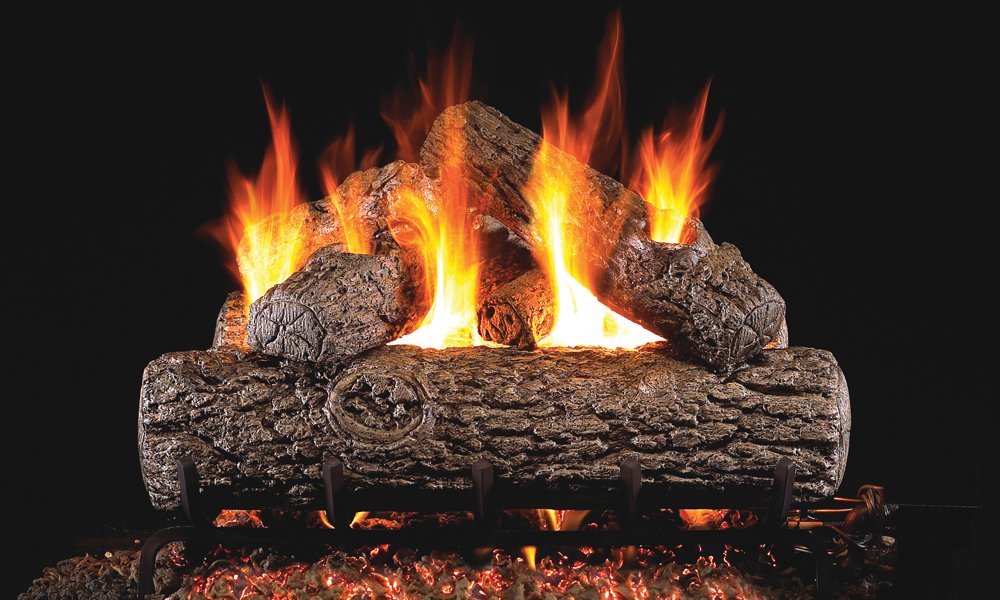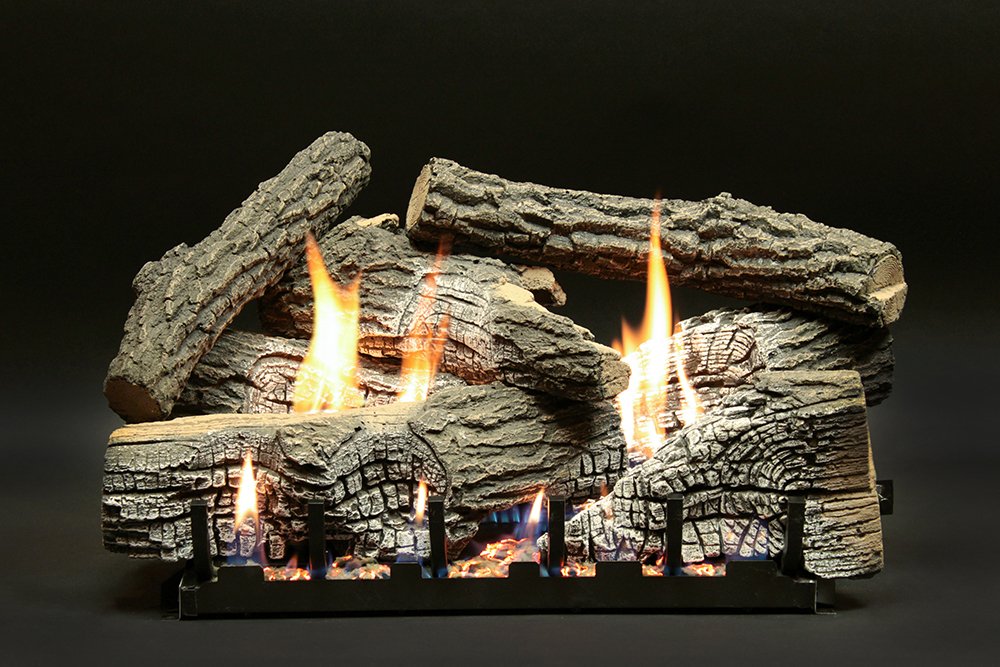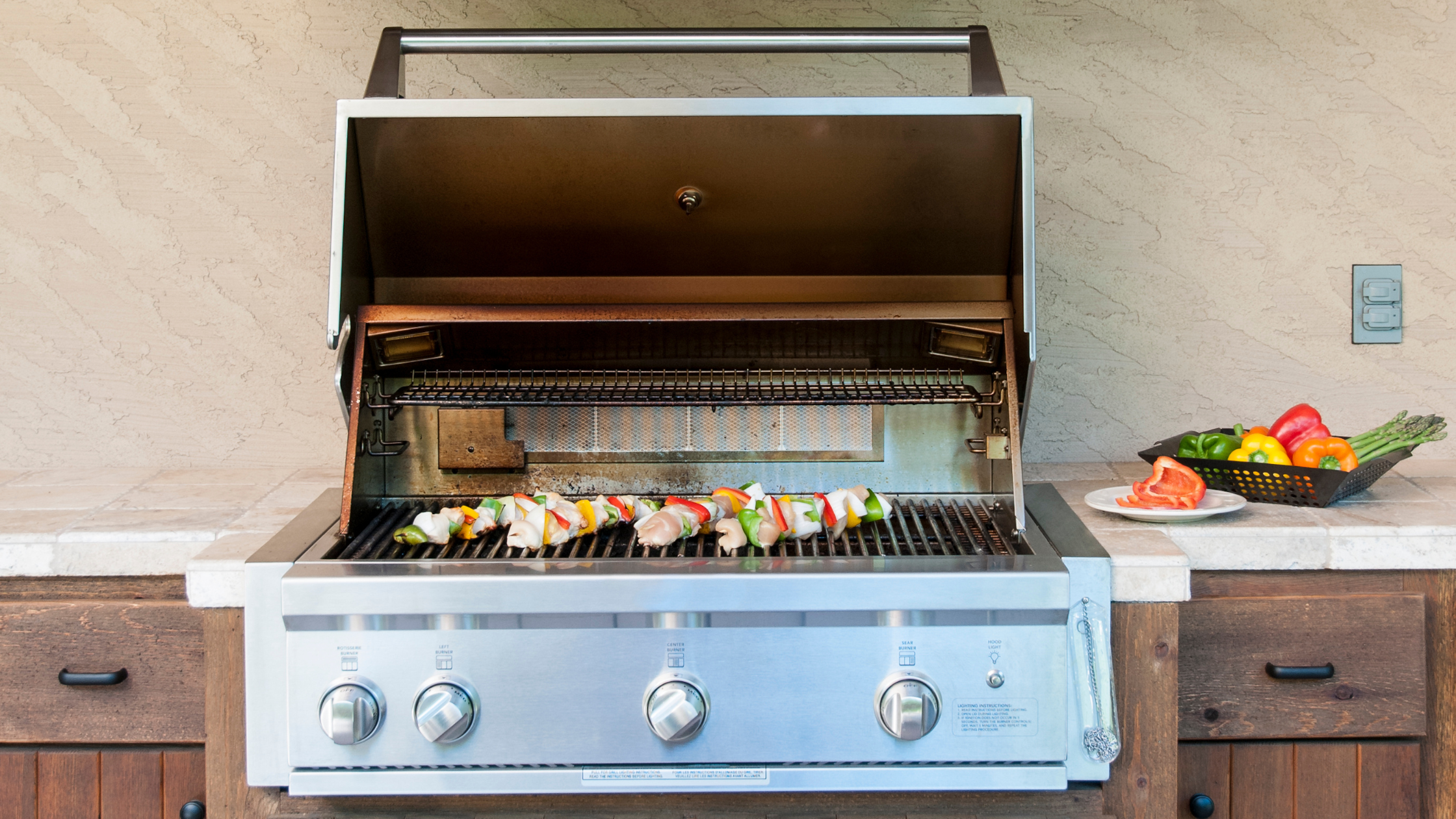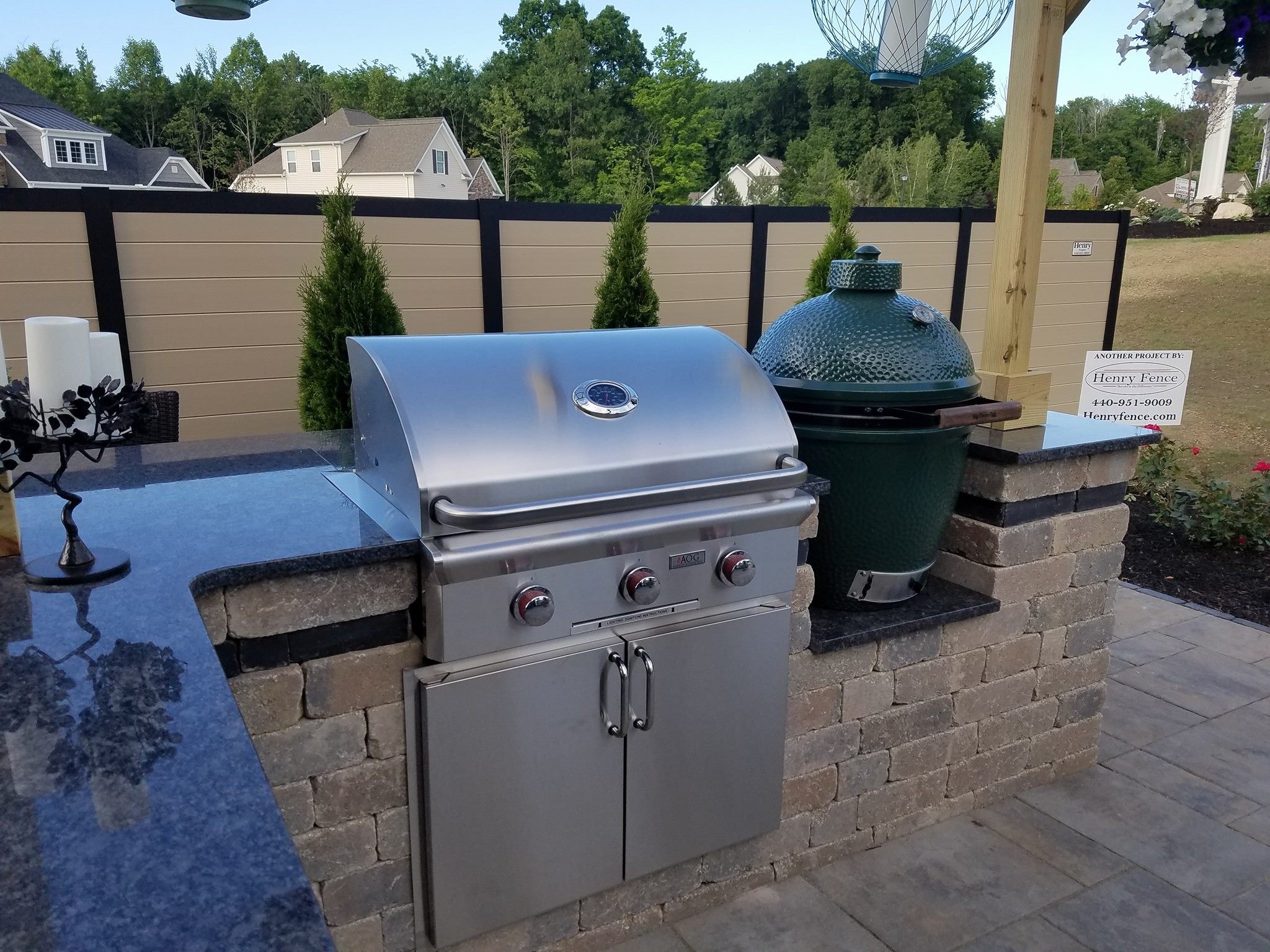The Different Types of Gas Logs: Ventless, Vented, and Direct Vent Explained
When it comes to choosing a gas fireplace, understanding the different types of gas logs is crucial. Gas fireplaces offer convenience, efficiency, and ambiance, but selecting the right one for your home involves considering various factors. In this comprehensive guide, we'll delve into the three primary types of gas logs: ventless, vented, and direct vent. We'll explore how they work, their efficiency, and their impact on indoor air quality.
Ventless Gas Logs
Extremely efficient
Emits odor and moisture into the room
Quickly heats a room
Not to be used in rooms with vaulted ceilings
Can be installed almost anywhere in the home
Ventless Gas Logs: Efficient and Air Quality Friendly
Ventless gas logs, also known as vent-free gas logs, are a popular choice due to their high efficiency and ease of installation. These systems operate by using inside room air for combustion, releasing heat directly into the living space. The combustion process is so efficient that nearly all the heat produced stays indoors. This makes ventless gas logs an excellent choice for supplemental heating, providing consistent warmth and energy savings.
One notable advantage of ventless gas logs is their energy efficiency. With minimal heat loss, they can heat a room more effectively than traditional vented gas logs. Moreover, ventless gas logs are environmentally friendly, producing low emissions. However, it's crucial to have proper ventilation and follow safety guidelines to ensure indoor air quality.
Vented Gas Logs
Ambiance of a real woodburning fire
Typically not sold as a heat source
Radiant heat burners can counteract some of the heat loss
Costs the most to run per hour
Vented Gas Logs: Ambiance with Radiant Heat
Vented gas logs work by using inside room air for combustion, but they differ from ventless models in that they vent the exhaust gases outside through a chimney or flue. While they offer the charm of a traditional fireplace and provide radiant heat, they are not as energy-efficient as ventless options. The reason lies in the fact that a significant portion of the heat generated is lost through the chimney, making them less effective for heating large areas.
However, some vented gas logs feature radiant heat burners, which help counter their inefficiency by directing more heat into the room. These burners use ceramic or refractory panels to absorb and radiate heat, providing a cozy and comfortable atmosphere. Vented gas logs are an excellent choice if you prioritize ambiance over energy efficiency and plan to use your fireplace occasionally.
Direct Vent Fireplaces
Safest of the three options
Uses no inside room air
Comes with a remote and blower
Sealed combustion system
Direct Vent Gas Fireplaces: Efficiency and Safety
Direct vent gas fireplaces are the gold standard when it comes to efficiency and safety. These sealed combustion systems draw outside air for combustion, ensuring that no inside room air is used, thus preventing heat loss and maintaining indoor air quality. They are highly efficient because they vent the exhaust gases directly outside through a co-axial vent system, which consists of an inner pipe for exhaust and an outer pipe for fresh air intake.
One significant advantage of direct vent gas fireplaces is their safety. They provide a sealed barrier between the fire and the indoor environment, reducing the risk of carbon monoxide leaks and ensuring safe operation. They are also easy to install and can be placed almost anywhere in your home.
Additionally, direct vent gas fireplaces offer radiant heat and can heat a room more efficiently than vented fireplaces. They come in various styles, including traditional and contemporary designs, making them versatile and aesthetically pleasing options for any home.
In summary, choosing the right type of gas logs for your fireplace involves considering factors like efficiency, ambiance, and safety. Ventless gas logs are highly efficient and environmentally friendly but require proper ventilation. Vented gas logs offer ambiance and radiant heat but are less efficient. Direct vent gas fireplaces provide the best of both worlds, offering efficiency, safety, and radiant heat. Understanding these options will help you make an informed decision and enjoy the benefits of a gas fireplace that align with your preferences and needs.










